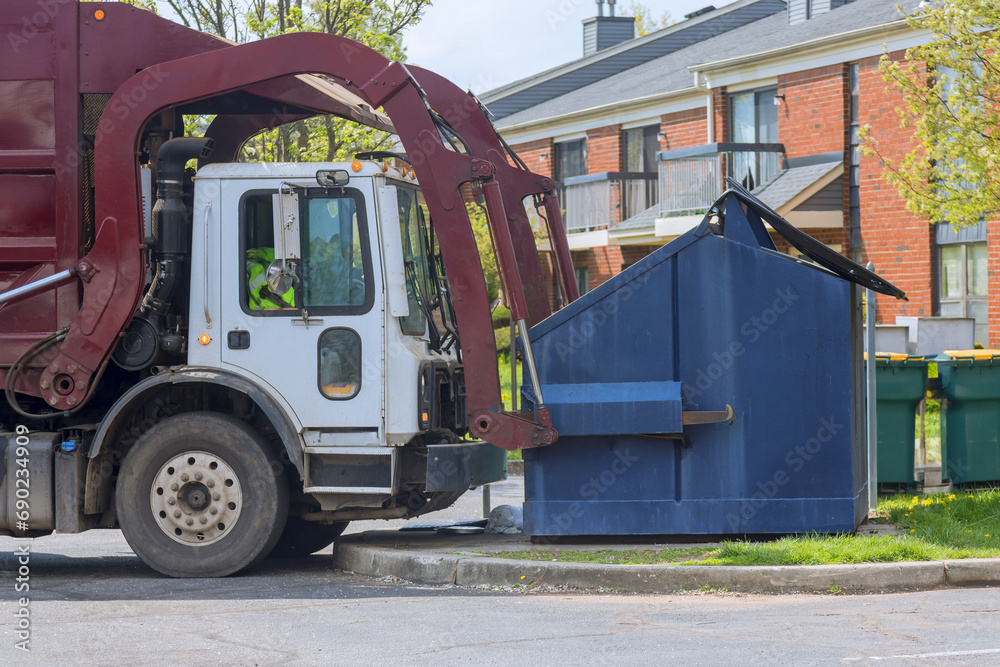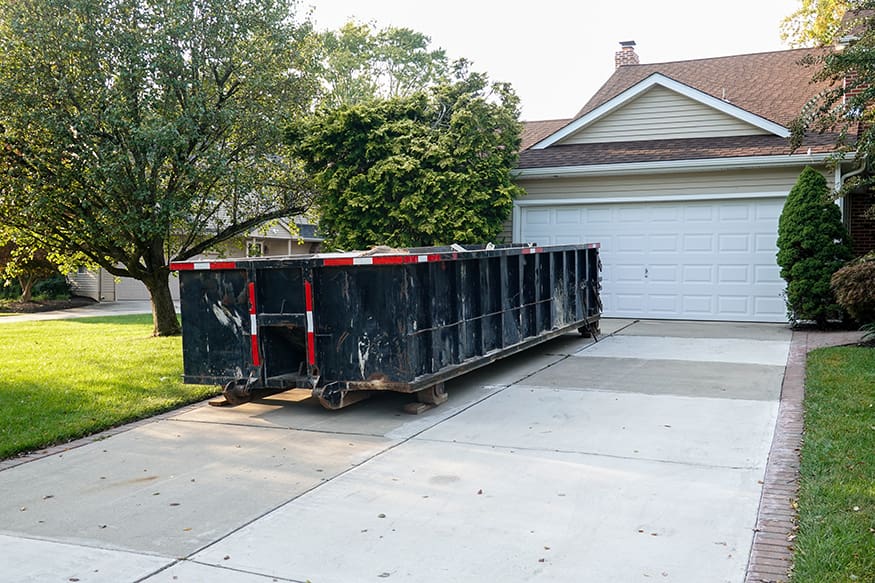For some construction companies, recycling building materials can feel like a fad or an unnecessary hassle. Recycling is here to stay a huge part of waste services. Since you need to include recycling in your waste management plan, here’s a brief guide to how you can handle different construction and demolition waste:
The Single Call Solution for Waste Services
The simplest solution is to call a waste disposal company capable of handling everything you need in one call.
With Builders Trash Service, for example, we provide contractors and builders a single stream of waste disposal. Builders Trash recycles 100% of the waste. Builders Trash Service provides all documentation and the related location to our clients.
While this type of service isn’t available everywhere, most major metropolitan areas can handle recycling all the waste created by construction. We then appoint a special team to remove and dispose of special wastes like asbestos and lead, which is handled and removed separately.
Working with an experienced waste disposal company can make planning your waste issues faster and easier.
The waste management plan and recycling
Every project should have a waste management plan. If you’re not sure what that should encompass, please read our Builders Insights post here.
Recycling should be a significant part of the plan. In fact no construction waste should go to the landfill. In Columbus, we’re able to make that happen. Rural areas have greater challenges for recycling, but any effort to recycle waste leads to more sucessful waste services.
Computer and electronic recycling near me
The era of demolishing office buildings that have massive electronic networks has begun. Similar to wiring and water pipes, removing cabling and brackets, then recycling them, is important. With cables and wires, there’s a massive amount of copper present. At the moment, copper is extremely valuable, so recycling can actually be a profitable opportunity for the contractor or the client.
Financially, many waste services contracts provide guidance and definition about how to allocate profits from recycled materials. The client is credited the profit from personal recycled materials.The credit supports the cost of the project. In other cases, profits are held in escrow and the client will receive it in lump some at the end of the project.
The contractor must ensure that the cost of removal is deducted from the monies given to the client. Payroll, removal and disposal will cost money that need to be accounted for by the contractor.
Metal recycling near me
Scrap metal from some projects can be significant. Proper disposal can not only be a major part of any demo, but it can also create some profits and make it easier for waste services.
- Steel roofs and studs – The steel and iron are recycled from buildings. This makes it easy for the contractor. Items are segregated and removed all at once.
- Lead pipes – Lead are recycled. Its use has dropped since it’s not healthy for humans to consume and can contaminate the water supply. Lead pipes are removed and segregated for disposal. Most communities have a segregation area where lead pipes and lead paint are placed. Your waste contractor will know how to handle these items or your waste management team will need to figure that out.
- Copper – As mentioned above, copper is extremely valuable. Removing the wiring and cabling from the building and recycling will net a decent profit. It’s also an excellent source of income for the project.
- Computer parts – In the unlikely event there are circuit boards, computers, servers, and other computer hardware in the building, including routers and security devices, all computer are donated to be recycled. The components are valuable. They also include heavy metals that can contaminate water supplies. Small amounts of heavy metals is dropped off at the local recycling center or sent to the landfill.
Recycling building materials near me
Many of the materials from buildings and parking lots can be recycled or reused.
- Hardware – Doors, door knobs, appliances, and more can be recycled or donated for reuse. Many are valuable for the components.
- Wood – Wood can be chipped on site and used for mulch. This reduces the amount of product that needs to be moved from the site and can add a lot of beauty to the location.
- Gypsum – De-papered and crushed gypsum can be used as a soil additive to make the soil grow plants better. This won’t work for large quantities of gypsum, but a landscaping company can help decide how much to use.
- Fill – Brick, concrete, and masonry can be crushed and used as fill. This reduces the amount of purchased fill needed for a project.
- Insulation – Leftover insulation or insulation removed from exterior walls that’s being replaced can be put into interior walls to deaden sound.
- Paint – Leftover paint can be remixed or used in garage and basements. It can also be used as a base coat or primer.
- Packaging – Many construction materials are heavily packaged. It should be returned to the supplier for reuse.
- Shingles – Roof shingles can be turned into new shingles, asphalt, or even fuel.
The Building Waste Services Stream
On a larger scale, it’s incumbent on the construction industry to deal with their own waste as much as possible. Construction materials accounted for 40% of all waste in landfills in 2018. Demolition and construction generated more than 600 million tons of material in 2018. 145 million tons were sent to landfills, while 455 million tons of the waste were recycled.
If construction waste is a major waste factor, there will continue to be legislation placing requirements on the industry. Legislators and lawyers wrote all of the legislation that took an immense amount of time, But that could all be limited.By finding our own solutions, we can make any laws and fines unnecessary. Let Builders Trash Service help you today!



